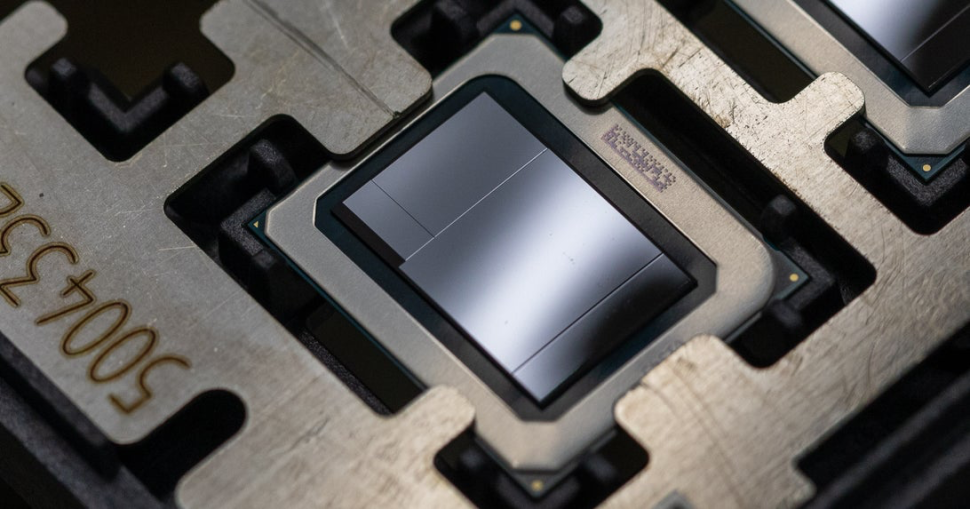Intel’s struggles with its chip production technology are well documented. Its 10nm node was at least five years late and has since been rejigged and rebranded “Intel 7”. But according to Wikichip Fuse, Intel might be back right at the cutting edge later this year with its upcoming Intel 4 node.
Intel’s main competitor when it comes to banging out the world’s most advanced silicon is of course TSMC. Comparing process technologies across fabs is notoriously difficult. But pretty much everyone agrees that TSMC’s N5 node crams in more transistors per unit of chip area than Intel 7.
However, going by information put out by both Intel and TSMC, Wikichip Fuse reckons that it will be very much a dead heat when devices with chips made on Intel and TSMC’s next-gen nodes arrive later this year.
TSMC has had its own woes bringing its N3 process tech to market. In fact, such have been TSMC’s struggles, the company has ended up creating two entirely separate N3 nodes, known as N3B and N3E.
N3B is the original “3nm” node created in partnership with Apple and likely to be seen in chips used by the new iPhone 15 later this year and perhaps a new M3 processor for Apple Macs, too.
N3E, meanwhile, is the simpler, easier-to-design-for node that pretty much all other customers will use. So, if AMD or Nvidia make N3 GPUs at TSMC, they’ll be on the N3E node.
All of that is really just to underline how complicated this all is. It’s not even straight forward to characterise what “N3” means at TSMC let alone compare TSMC nodes to Intel nodes.
What’s more, even within a single chip on a given node, there are variations. For instance, SRAM memory cell density on TSMC’s new N3 nodes are said to have stalled, offering no improvement over N5. That’s a problem when CPUs and GPUs increasingly have been relying on throwing a load more SRAM-based cache memory at various performance bottlenecks.
Anyway, the bottom line here is that some critical elements of TSMC’s N3 and Intel’s 4 nodes are looking very, very similar. Both TSMC’s and Intel’s high performance logic cells clock in around 125 million transistors per square millimeter.
There are other chip elements from both manufacturers that will exceed that density. TSMC’s N3 node will extend all the way to 215 million transistors per square millimeter.
Your next upgrade
Best CPU for gaming: The top chips from Intel and AMD
Best gaming motherboard: The right boards
Best graphics card: Your perfect pixel-pusher awaits
Best SSD for gaming: Get into the game ahead of the rest
But the broad takeaway, if WikiChip Fuse has its analysis right, is that Intel will have caught up with TSMC later this year. What’s more, Intel claims that its next node after Intel 4, known as Intel 20A (the “A” refers to Angstroms, essentially next unit down the scale from nanometers), will come on stream next year with the arrival of the Arrow Lake CPU architecture.
TSMC, by contrast, isn’t expecting to produce chips on its equivalent N2 process until 2025. So, in overall TL;DR terms, we’re looking at Intel on par with TSMC later this year and actually back in the lead in 2024.
Funnily enough, that’s pretty much in line with Intel CEO Pat Gelsinger’s Intel IDM 2.0 plans and claims for regaining chip production “leadership”. Part one of this plan supposedly arrives later this year in the form of the Meteor Lake CPU family, which has CPU cores (but not other parts of its multi-die package) built on Intel 4.
If that arrives on time and delivers the promised improvements in chip density and performance, Intel’s battered credibility will be looking far more robust.
